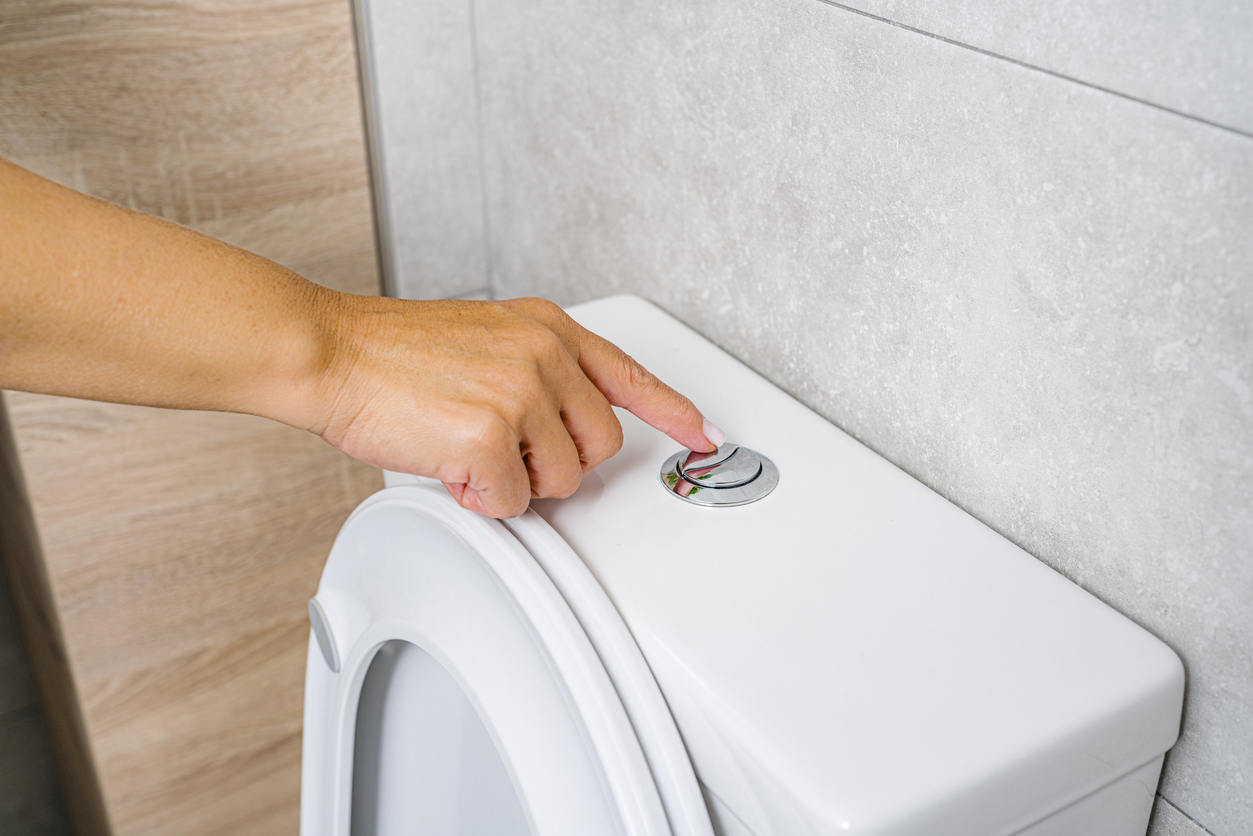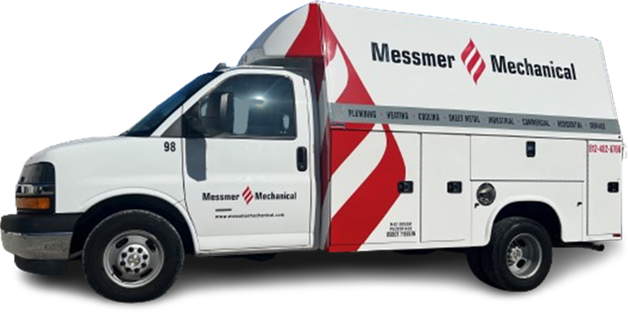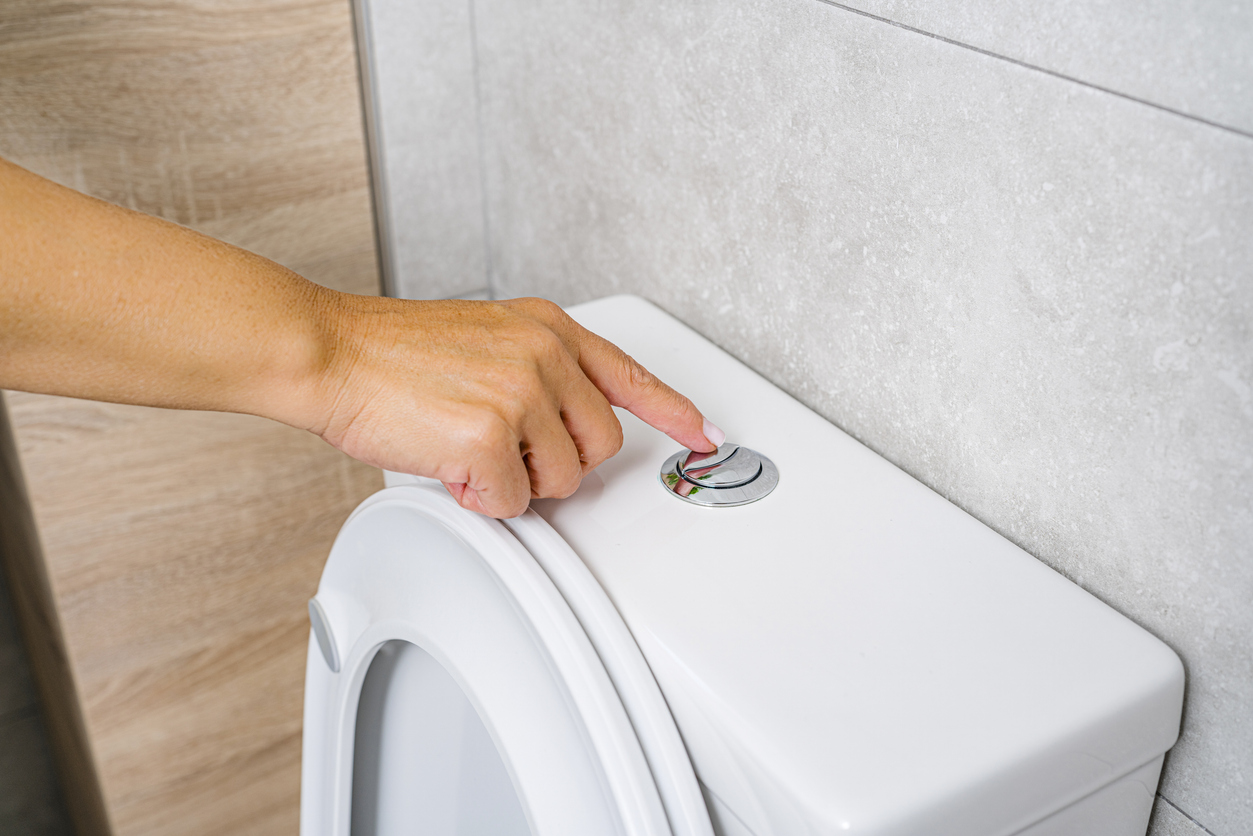Did you know that, according to the Environmental Protection Agency, toilets are by far the main source of water use in the average home? In fact, they account for nearly 30 percent of a home’s indoor water consumption. If you’re thinking of upgrading your toilet, you’ve likely come across terms like “low flush” and “low flow” toilets. While they might sound similar, these two types of toilets have distinct differences.

Read on to learn the differences between low flush and low flow toilets so you can make an informed decision that suits your home and water-saving goals..
Low Flush Toilets
Low flush toilets are designed to use less water per flush than traditional models. The standard toilet in the U.S. before the 1990s used up to 6 gallons of water per flush (GPF). In contrast, low flush toilets use 1.28 to 1.6 GPF, making them significantly more water-efficient. These toilets are also often referred to as high-efficiency toilets (HETs).
Low flush toilets typically use a gravity-fed system to clear the bowl. With advances in toilet design, today’s low flush models have improved flushing power, making them just as effective as older, water-guzzling toilets while reducing water consumption.
Low Flow Toilets
Low flow toilets, on the other hand, refer to toilets that use even less water than standard low flush models. These toilets often use around 1.28 GPF or less. Low flow toilets typically utilize advanced flushing mechanisms, such as dual-flush or pressure-assisted technology, to maintain effective performance with minimal water usage.
Dual-flush low flow toilets give you the option of a full flush for solid waste or a half flush for liquid waste, conserving water by using only what’s needed. Pressure-assisted toilets use compressed air to forcefully push water through the system, resulting in a powerful flush with less water.
Which Type Is Right for Your Home?
Choosing between a low flush and low flow toilet depends on several factors, including your water conservation goals, household needs, and budget.
- If your primary concern is saving as much water as possible, a low flow toilet might be the best option. These toilets are the most efficient on the market and can significantly reduce your water usage.
- Consider the size and usage of your household. If you have a larger family or frequent guests, you’ll want a toilet that can handle high usage without sacrificing performance. While low flow toilets save more water, some models might not be ideal for homes with older plumbing systems that need stronger flush power. In that case, a low flush toilet might strike a better balance between efficiency and performance.
- Low flow toilets tend to be more expensive due to their advanced technology, so your budget might influence your decision. While the upfront cost is higher, the long-term savings on water bills can offset the initial investment.
As you can see, both low flush and low flow toilets are excellent choices for conserving water, but the right option for your home will depend on your specific needs. Contact Messmer Mechanical today to learn more.





